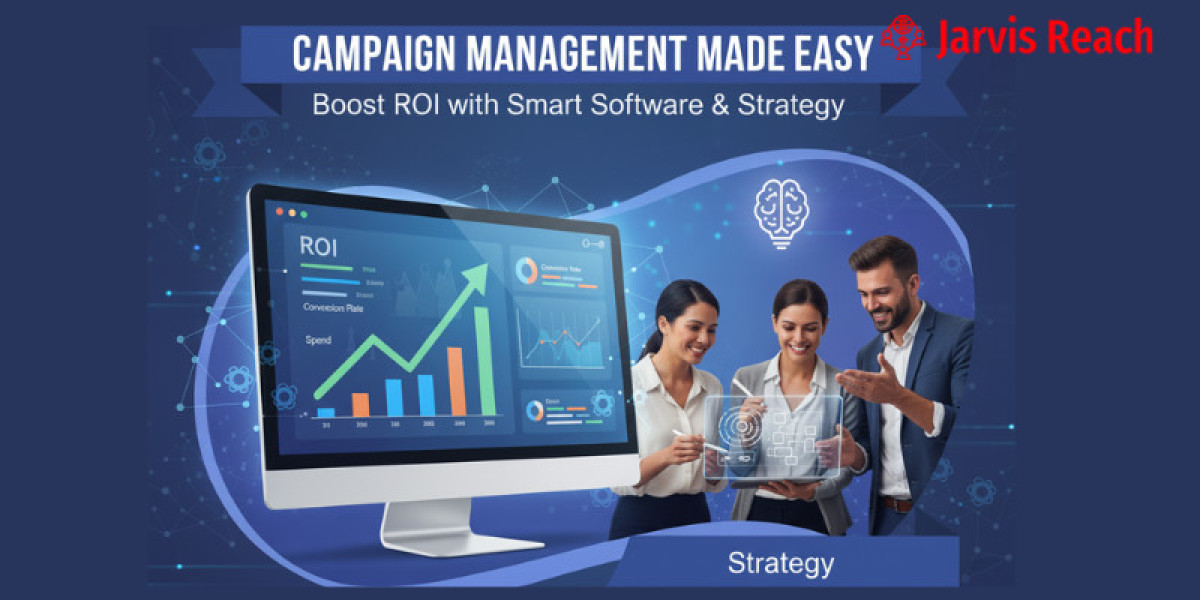I still remember the first campaign plan I wrote that actually felt like a living thing a messy Google Doc full of hunches, channel lists, and a single spreadsheet that held everyone’s hopes (and deadlines). Back then, campaign planning was largely a rehearsal: define the audience, pick channels, launch, and pray the budget survived. In 2025, it feels less like praying and more like orchestration powered by smarter tools, cleaner data, and automation that finally lets strategy breathe. If you’re building a career in IT or marketing, this year’s shifts will change how you design campaign strategy, how you measure success, and how you use campaign management software day to day.
1. AI-Powered Agents and Smarter Automation campaigns that think for you (almost)
Think of AI agents as the new members of your team: they suggest audience slices, draft creative variants, and even recommend budget moves based on near-real-time signals. Big vendors have launched agent-style features that do multi-step tasks from audience discovery to on-site personalization which reduces the time we spend on repetitive campaign management chores. This doesn’t remove strategy; it makes campaign automation a force multiplier for good strategists.
2. No-code Marketing Automation democratizing campaign management
A few years ago, advanced automation meant a backlog ticket for IT. Now, no-code builders let product marketers and campaign managers wire up multi-step journeys, trigger email sequences, and integrate third-party signals without writing a line. That change means shorter feedback loops between tests and insights, and it pushes marketing campaign management closer to the pace of product development. If you’ve ever waited weeks for an engineering slot to set up an automation rule, you’ll know why this is a game-changer.
3. CRM + Campaigns: tighter, AI-driven orchestration
Customer relationship platforms are no longer passive contact stores. In 2025, CRM campaign management is becoming predictive: CRMs recommend next-best actions, flag churn risk, and help orchestrate follow-ups across sales and marketing. For IT pros, this means integrations matter more than ever data pipelines between your campaign management tools and CRM must be robust, low-latency, and auditable so automation can act confidently.
4. True multi-channel strategies (and software that actually supports them)
There’s a difference between blasting the same creative across channels and truly coordinating journeys. Multi-channel marketing software has matured to support channel-specific creative, synchronized timing, and cross-channel attribution. The smartest teams design experiences so a customer can begin on social, pick up via email, and complete on a commerce site and the software stitches those touchpoints together. If your campaign planning still treats channels as silos, 2025 is the year to rethink that.
5. Measurement renaissance: more rigorous testing, mixed models, and a focus on data accuracy
With privacy shifts and walled gardens, attribution got messy so measurement evolved. Marketers are investing in robust measurement frameworks (MTA, MMM, experimentation) and tooling that emphasizes data accuracy: cleaner ingestion, event validation, and reconciled conversions. This shift is not sexy, but it’s essential: better measurement lets you improve marketing ROI intentionally rather than by gut. If your spreadsheets and dashboards don’t match, start tracing the pipelines now.
6. Privacy-first planning: first-party data and ethical personalization
Cookies are no longer a confidence trick you can lean on. 2025 campaign planning favors first-party signals, explicit consent strategies, and contextual personalization that respects privacy. That changes how you build audiences and how you architect your systems incentives that push teams to collect useful customer signals directly and to keep data governance baked into campaign workflows.
7. Human + machine creative workflows
Generative AI can spin dozens of ad variations in minutes, but human judgment still decides what’s on brand and what resonates emotionally. The winning teams are those that use AI to generate and iterate quickly, then layer in human critique: cultural sensitivity, narrative arcs, and audience insights that tools can’t invent. Treat AI like a creative assistant it scales ideas, but people refine meaning.
8. Small teams, big orchestration the rise of compact ops stacks
I’ve seen small teams do mighty things by using a tight stack: a CRM, a multi-channel marketing platform, campaign management software, and a lightweight experimentation tool. When you can automate repetitive tasks, maintain data accuracy, and centralize reporting, a small ops team can run complex campaigns without a huge headcount. That’s great news for startups and IT folks who prefer elegant integrations over bloat.
Practical steps you can take this month
· Audit your integrations: map where campaign data originates, how it flows to your CRM, and where it’s stitched for reporting.
· Pilot a no-code automation for a simple journey (welcome + nurture + conversion) and measure time saved.
· Choose one measurement technique to harden (A/B testing or marketing mix modeling), and invest in data validation for it.
· Start a small “AI + human” creative experiment: let generative tools create variants, then run a qualitative review before live testing.
A short story: how better planning saved a small product launch
A year ago a team I worked with planned a product rollout with limited budget. Instead of broad reach, we used tight CRM segments, a multi-channel sequence that connected social previews with personalized emails, and a simple automation that retargeted engaged users with product demos. We focused on data accuracy for conversion events and ran micro-experiments on messaging. The result: higher conversion rates and a clearer read on customer behavior without doubling spend. That’s the kind of win 2025 tools make repeatable.
Conclusion strategy still wins, tools make it repeatable
Tools change fast. The threads I’d watch closely in 2025 are AI agents, no-code automation, tighter CRM orchestration, better multi-channel software, and a return to measurement discipline with data accuracy at the core. If you’re early in your IT or marketing career, invest time in understanding integrations, automation logic, and measurement frameworks those are the skills that will let you design better campaign strategies and improve marketing ROI in a world where change is the only constant.






